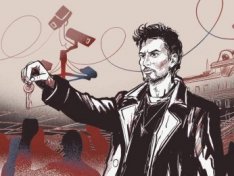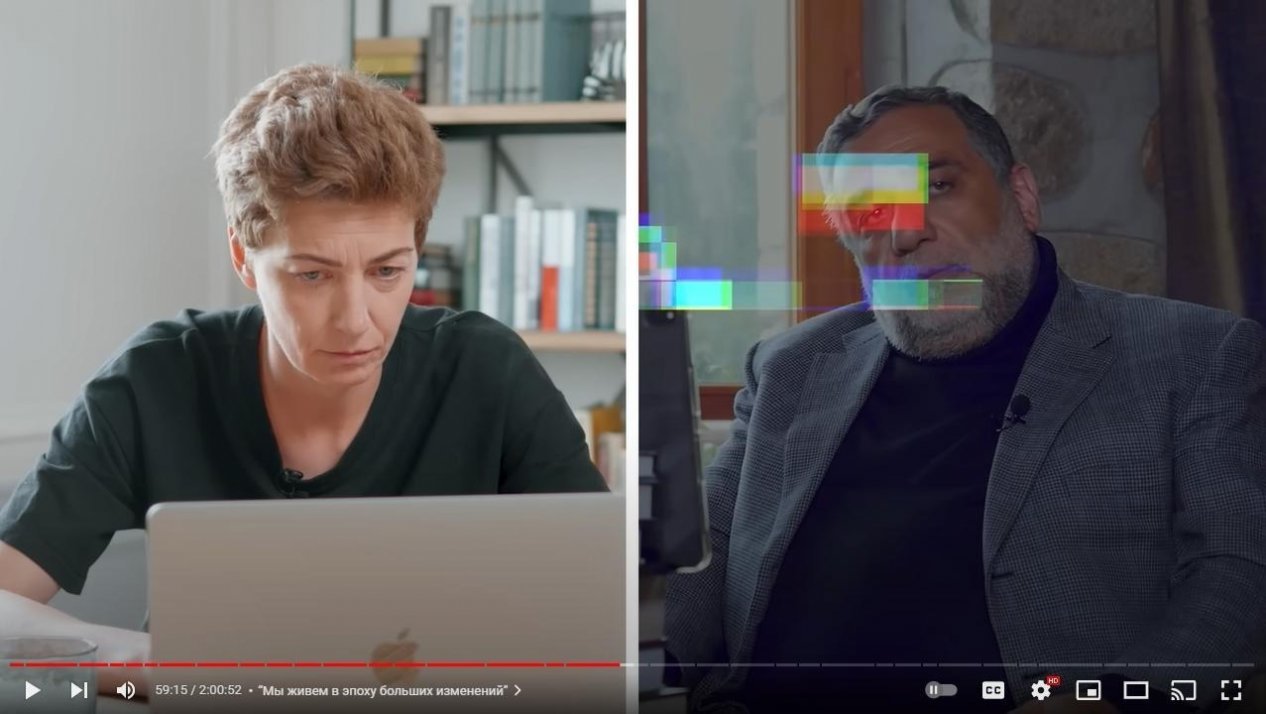
A few days ago, the former ‘minister of state’ of the terrorist regime in Khankandi, Ruben Vardanyan, gave an interview to the YouTube channel ‘Это Осетинская (Русские норм!)’ of Russian journalist Yelizaveta Osetinskaya, currently living in France.
Faktyoxla Lab. has investigated the interview.
From the footage presented to us, it can be seen that the interview was conducted online by Osetinskaya with an Apple MacBook and by Ruben Vardanyan with an Apple iPad Pro tablet.
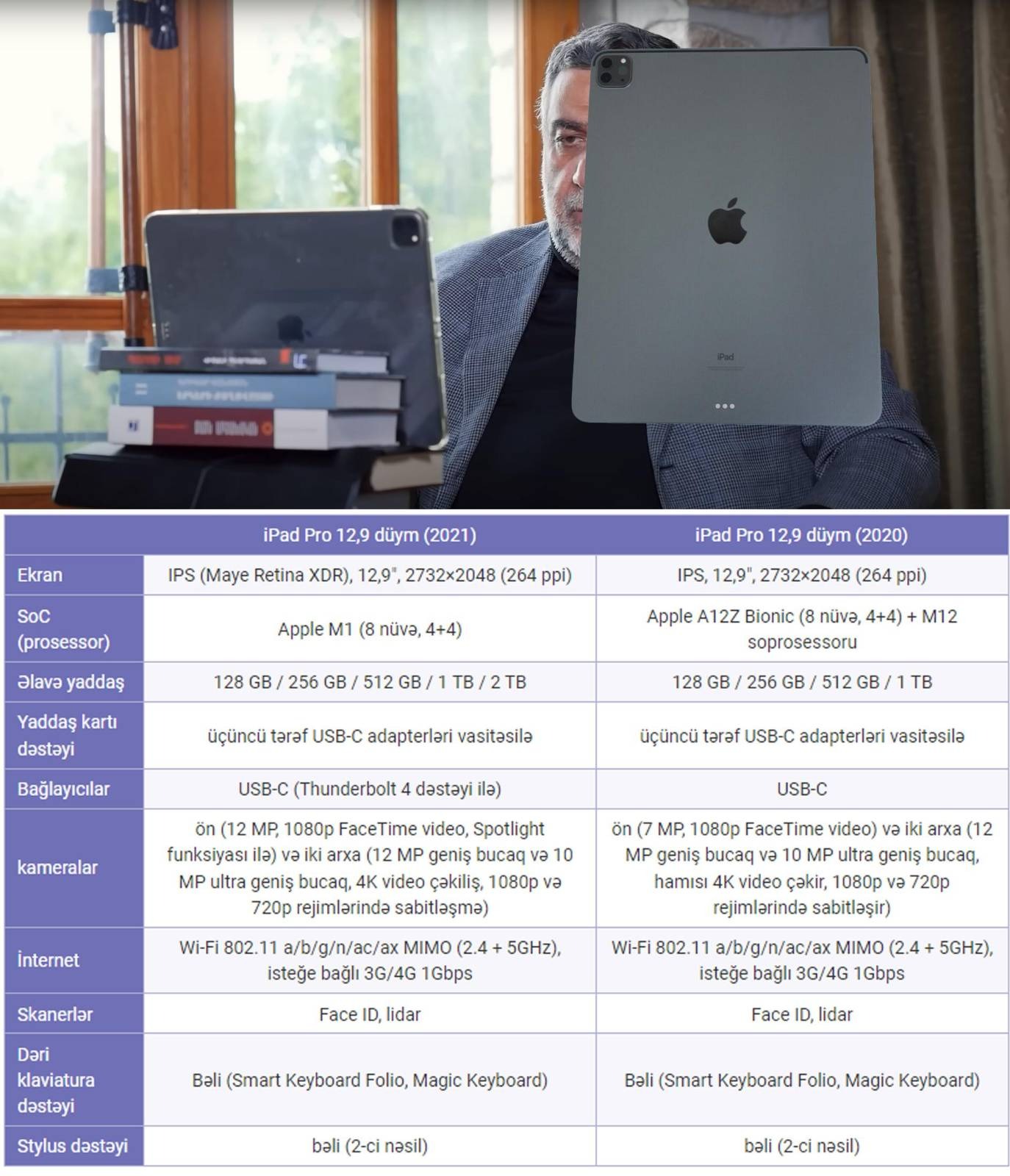
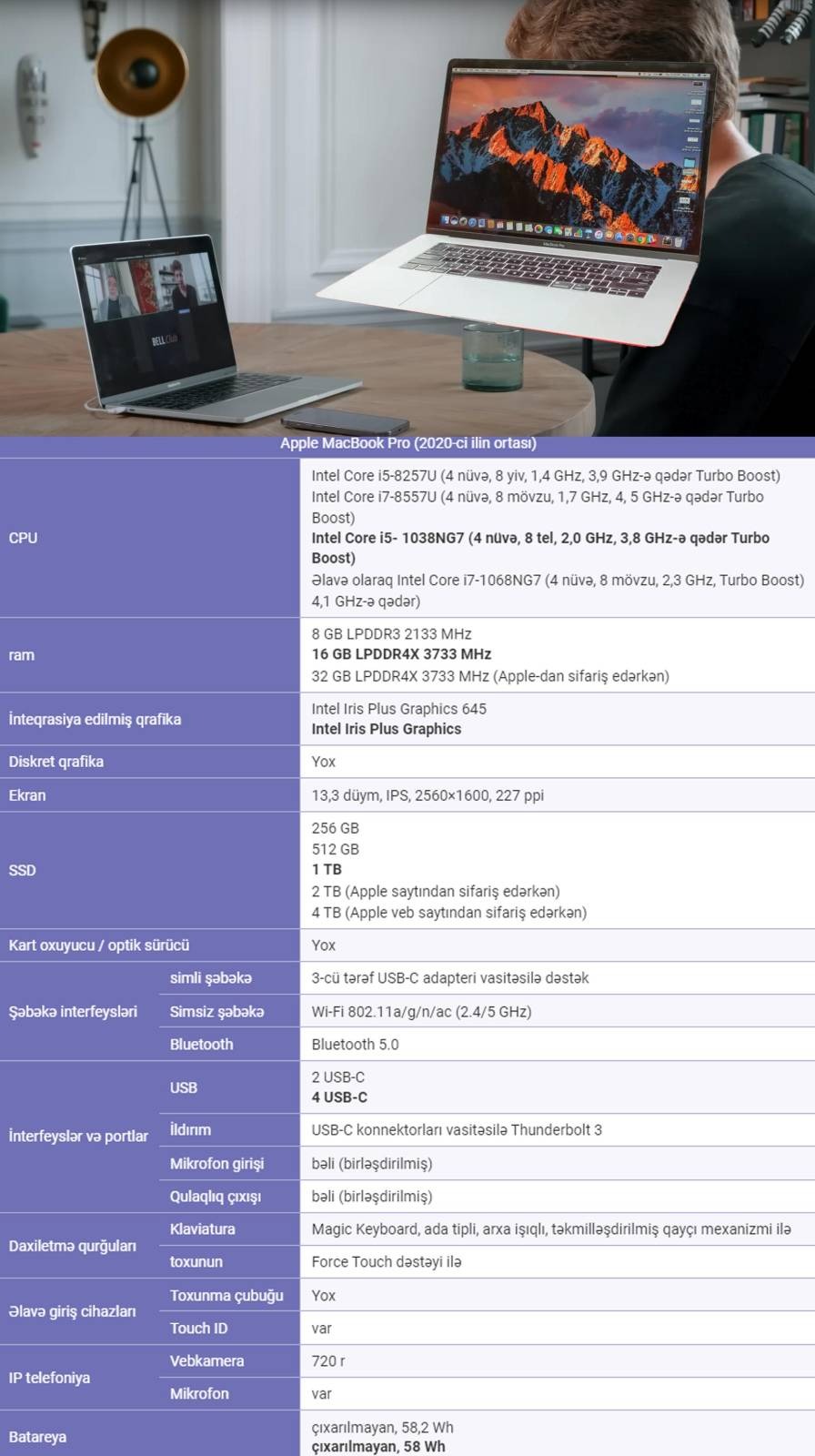
The platform on which Osetinskaya was interviewed is the online chat program FaceTime belonging to the Apple company. Through this program, it is possible to record the interview while taking the interview and edit it later.
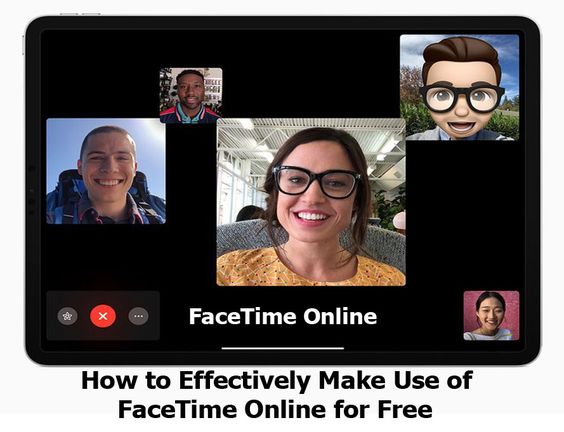
Both Ruben Vardanyan and the Russian journalist were photographed from different angles.
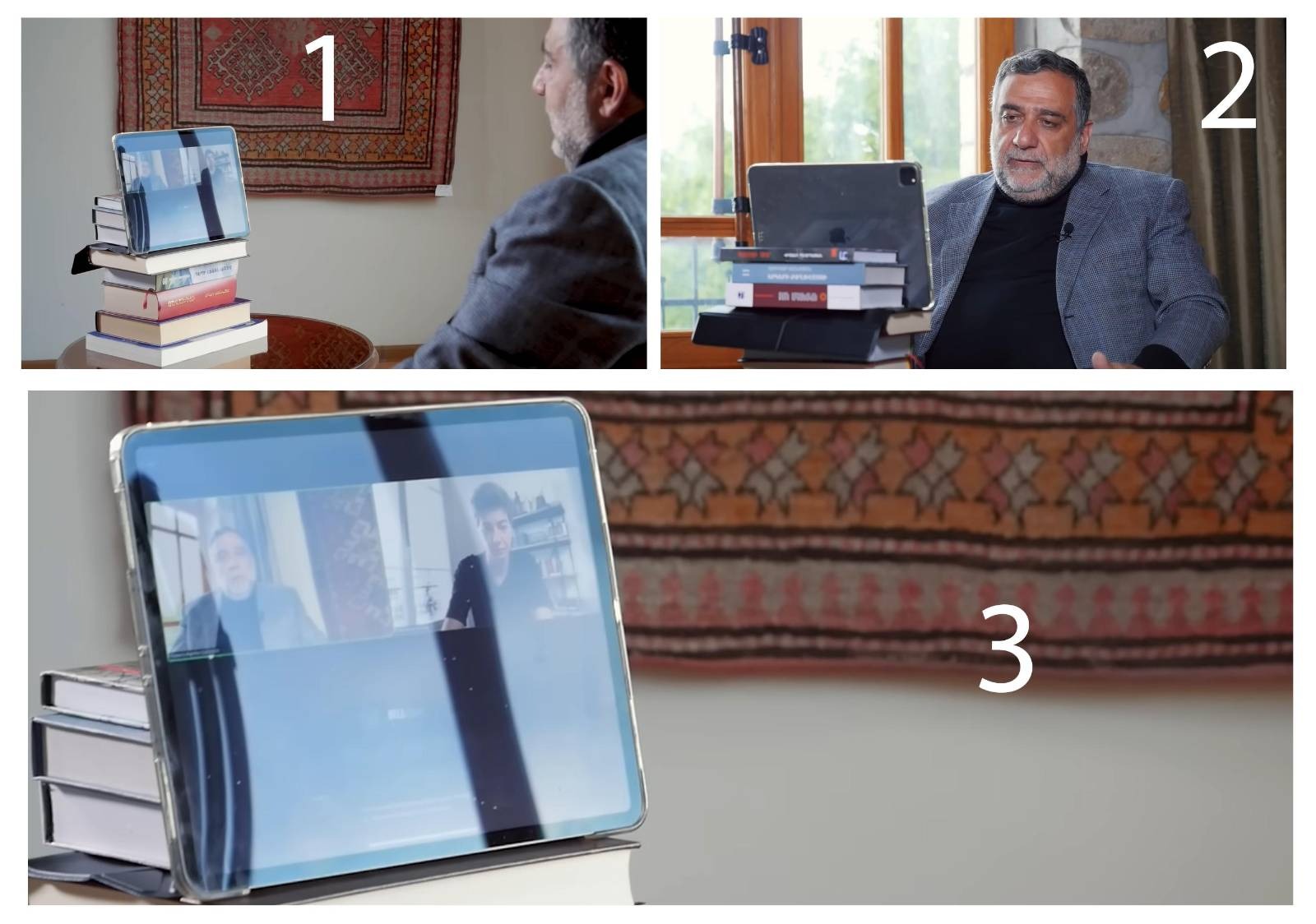
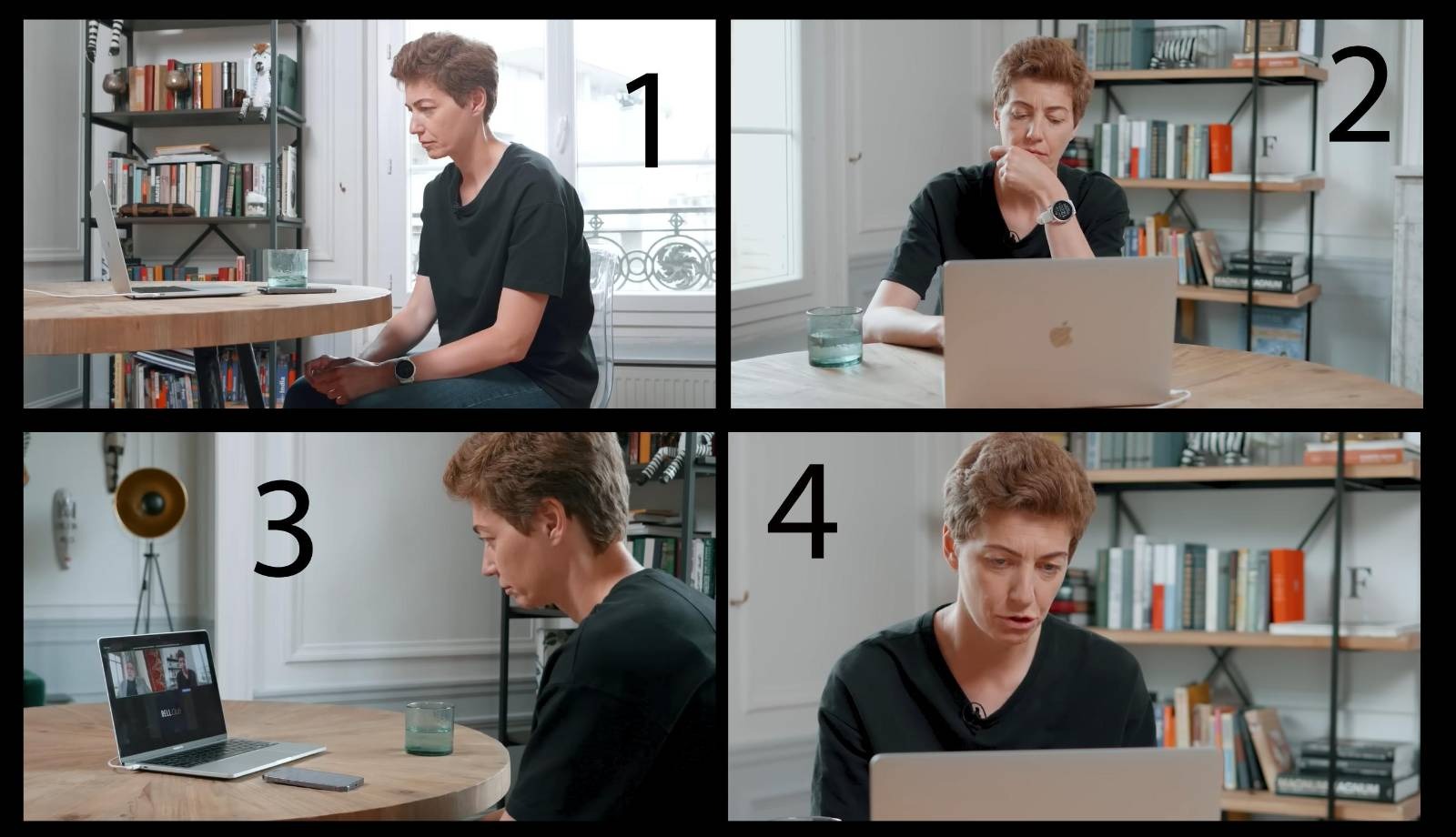
The point is that this is not an online interview (even if it is conducted using the online chat program FaceTime), it is an ordinary film made by editing images of both interviewees from 3-4 angles.
The main point that attracted our attention:
At 16:35 and 59:13 minutes of the interview, it gets suddenly interrupted. Osetinskaya wants to understand what happened and asks the director about the reason for the interruption. After concluding ‘Aha, the problem is with them’, the film continues. Ruben Vardanyan says that the lights went out, because they live in a blockade. He says that due to the blockade, the lights of Khankandi go out several times a day.
Now, let's pay attention to the big mistake of the small play by the Osetinskaya-Vardanyan couple for the purpose of propaganda.
- If the lights really went out, the interview should not have been interrupted. After all, the Apple iPad Pro tablet used by Vardanyan is not a TV or a vacuum cleaner to turn off as soon as the power is out. If there was a power outage and the internet router was also turned off, then where are the recordings of the cameras that shot from different angles during the interview? Why didn't they include footage of the moment the lights went out in the montage? Let's keep in mind that during the interview, not once was the footage of the FaceTime program used. We mentioned above that through this program it is possible to save conversations and use them for editing later.
- No online streaming and multimedia messaging platforms glitch like Soviet-era televisions at the moment of an Internet outage. It is ridiculous to point out that there is a glitch in the phones or tablets of Apple, the most modern technology company, and to show it openly.

That is, during the interview of the Armenian billionaire living in the Karabakh economic region of Azerbaijan, the cheap scenario they used to make it clear that their lights went out and that the reason for this was living in ‘blockade conditions’ was exposed.
Now regarding the lies Vardanyan told during the interview
In the interview, Vardanyan spreads false information and lies in almost every sentence. We will note a few highlights.
Ruben Vardanyan notes that his son served in the military in Karabakh. The point is that Vardanyan emphasizes this fact in almost all his interviews. In his interview on June 19, 2022, Vardanyan mentioned that his son lived in Armenia for some time and served as a volunteer in the Armenian army. Other sources have information about the military service of Vardanyan's son in Karabakh in 2016. During an interview about this, Ruben Vardanyan's son David Vardanyan (on April 28, 2016, 20 days after the April battles in 2016) said that he served for 9 months in the organization that the separatists call the ‘army’. However, David Vardanyan is ‘discharged’ due to a broken leg, and later works as an assistant in the apparatus of the separatist organization. In fact, in 2016, as soon as the ‘April battles’ began, Vardanyan's son's leg suddenly ‘broke’ and he spent the day in the military hospital during the fighting. At that time, most Armenian websites wrote that ‘the sons of Ruben Vardanyan and Bako Saakyan are serving in Karabakh.’ That is, he was using his son for his own PR.
- The second lie is that the Nagorno-Karabakh Autonomous Region was never part of Azerbaijan (?-ed.) and that the Nagorno-Karabakh Autonomous Region was independent by referendum. In fact, by saying this, Vardanyan clearly demonstrates that he really thinks at the level of an ordinary Armenian blogger, and that he has no understanding of history, law, or politics. There is no need to comment on the absurd idea that the Nagorno-Karabakh Autonomous Region is not a part of Azerbaijan.
As for the so-called referendum, at first, the main goal of Nagorno-Karabakh Armenians was to join Armenia. About this, on February 20, 1988, the Council of People's Deputies of the Nagorno-Karabakh Autonomous Region adopted a decision that the region should leave the Azerbaijan SSR and enter the Armenian SSR. At its meeting on June 15, 1988, the Supreme Soviet of the Armenian SSR adopted a decision to agree to the integration of the Nagorno-Karabakh Autonomous Region into the Armenian SSR. Armenians later realized that it is impossible for them to take Nagorno-Karabakh out of one state and directly transfer it to another state. That's why they chose the path of ‘independence referendum’ as an intermediate step.
But at that time, it was illegal for Nagorno-Karabakh to refer to the laws of the USSR. So, according to Article 78 of the USSR Constitution, which was in force until 1991
- a) Union republics had the right to withdraw from the USSR
- b) The borders of the Union Republic could not be changed without its permission.
In other words, the declaration of separatist assembly of Nagorno-Karabakh in September 1991 that it was no longer a part of Azerbaijan was also illegal due to the mentioned point. Consider that Armenia declared its independence before Azerbaijan. Armenians did not participate in the referendum held on March 17, 1991 on the retention of the USSR. In this case, the fact that Armenians referred to the laws of the USSR in December 1991 is a sign of legal illiteracy.
Then why did Ruben Vardanyan order this interview?
Let's remember when Ruben Vardanyan was appointed the new ‘minister of state’ to the so-called institution, answering the questions of Stephen Sackur in the Hard Talk program on BBC. In that interview, Vardanyan had difficulty answering the presenter's questions throughout the program, and even gave completely different answers to the questions addressed to him. Thus, the presenter reminded him that Armenia has been turning to Russia for military support for many years, and asked what lesson Armenia should learn from Russia’s war in Ukraine. Vardanyan, on the other hand, tried to get out of the situation by giving irrelevant answers to the said question.
It can be said that the same situation is created in this program of Osetinskaya. The host, likening herself to Stephen Sackur, makes an analogy with Vardanyan about the Armenians living in Karabakh against the backdrop of the Russian-Ukrainian conflict. However, here we see that Vardanyan drew conclusions from the situation in which he was powerless in front of the BBC’s questions, worked on it a lot and, most importantly, did not repeat the mistakes he made regarding Russia.
Conclusion:
- This program of Yelizaveta Osetinskaya was prepared by the order of Ruben Vardanyan.
- Most ideas and arguments are propagandistic and based on lies.
- This is a message given in order to correct the mistakes made in the BBC’s Hard Talk program to defend Russia in the Russia-Ukraine conflict.




